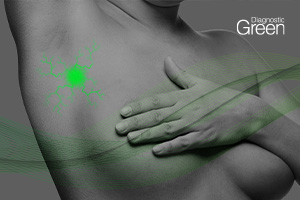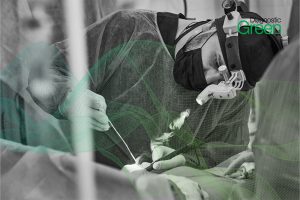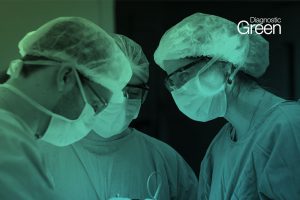In the past decade, artificial intelligence (AI)-based technology has been applied to develop a simulation and navigation system and a model for predicting surgical outcomes in hepatobiliary surgery. To identify the intrahepatic vascular structure and accurate liver segmentation and volumetry, AI technology has been applied in three-dimensional (3D) simulation software. Recently, 3D and 4D printing have been used as innovative technologies for tissue and organ fabrication, medical education, and preoperative planning. AI can empower 3D and 4D printing technologies. Attempts have been made to use AI technology in augmented reality for navigating and performing intraoperative ultrasound. To predict surgical outcomes and postoperative early recurrence in patients with hepatocellular carcinoma, a deep learning model can be useful. Indocyanine green fluorescence imaging is used in hepatobiliary surgery to visualize the anatomy of the bile duct, hepatic tumors, and hepatic segmental areas. AI technology was applied to fuse intraoperative near-infrared fluorescence and visible images. Preoperative simulation, intraoperative navigation, and models to predict surgical outcomes using AI technology can be clinically applied in hepatobiliary surgery. As shown in reliable and robust clinical studies, AI can be a useful tool in clinical practice to improve the safety and efficacy of hepatobiliary surgery.




